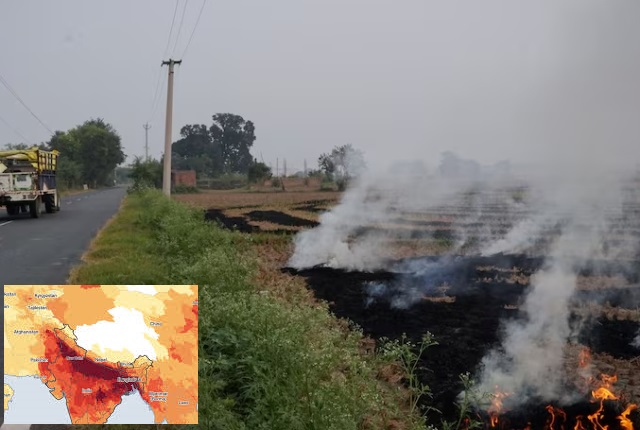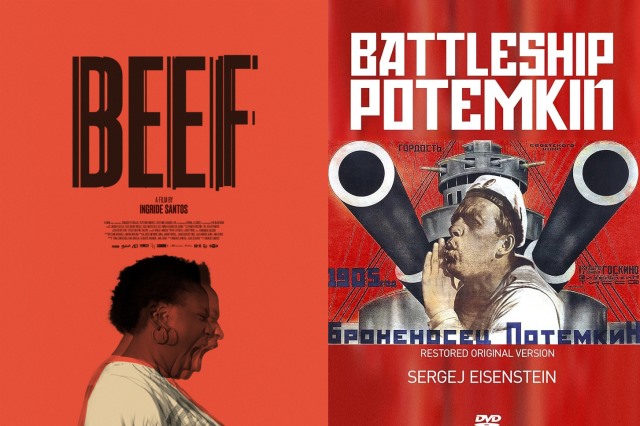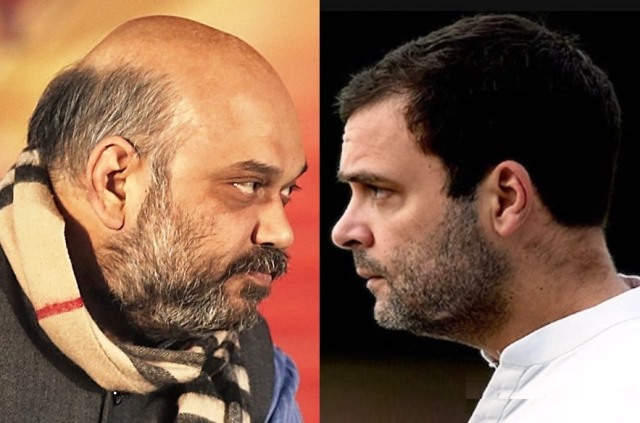
Climate on The Canvas
In a Fusion Show at the India Art Festival last month, Mumbai-based scribe-turned-artiste Prakash Bal Joshi, painted a rain-soaked night to the accompaniment of the classical Malhar raga played on sitar. Unversed in both arts, I still found myself tapping my fingers as I perceived Joshi’s paintbrush dancing to the tabla’s beat.
Monsoons can turn us all into pluviophiles – a pluviophile enjoys the sights and sounds of rain. It affects artists, sparking their imagination, more than the rest of us. Consider Vincent Van Gogh’s rain, lashing empty farmland in slanted lines. Or dark clouds over green fields drawn by miniature artists in the Mughal and Rajput traditions, as Krishna and his gopis danced.
Rain has been a popular theme in Indian poetry for centuries. The ancient Indian texts and the classical Sanskrit poetry describe the beauty and power of rain and capture the joy, romance, and melancholy associated with rain. In mythology and folklore, the story of Lord Varun, the god of rain and Indra, the king of Gods and also of thunderstorms, is frequently depicted in various tales. Rain is also associated with the life-giving powers of nature and is believed to be controlled by divine beings.
In Bhakti literature which is a devotional form of poetry, poets like Mirabai, Surdas, and Tulsidas frequently use rain as a symbol of divine love and longing for the beloved deity. The sound of raindrops is compared to the sweet melodies of spiritual ecstasy and the tears shed in devotion.
In the ancient Indian treatise on performing arts called Natya Shastra, rain is considered one of the key elements in creating the atmosphere and mood of a play or dance performance. It is used to evoke various emotions and portray different dramatic situations.
Spring, or ‘bahaar’ is another season exciting the imagination of artists and writers alike. From the gentle brush of a summer breeze to the fury of a raging storm, the elements have inspired countless works of art and literature. Thus we have works ranging from Kalidasa (Meghdoot) to Kaifi Azmi (ye barsāt ye mausam-e-shādmānsī). If it is “Nain Ghat Ghatata na” for Surdas, Sahir Ludhianvi celebrates Sawan, the monsoon season, “Garjat Barsat”, in all sound and fury.
Sadly, such romance with rain or spring is increasingly getting confined to the arts, literature and cinema. For the mundane, it is wading through flooded city streets and standing in the queue awaiting drinking water tankers’ arrival. In the rural areas, where the muse could strike cupid-like, people are rueing over their lives and crops ruined by floods and famines.
Depicting these woes effectively, the cinema, when used purposefully, is the complete medium of expression. Even as it romances the ritu, – ‘Mausam’ is not always ‘ashiqana’ in cinema. It is also inspired by extreme weather events like floods, and cyclones. It has been more evocative, even effective in recording nature’s vagaries.
Acclaimed writer Amitabh Ghosh spells out his concerns in “The Great Derangement”, published in 2016. He depicts how climate change-based stories are often categorised as “science fiction”, as though the content is fabricated. He further stresses on how the capitalist agenda drives this absence of a realistic portrayal of environmental issues, making people insensitive to the urgency. His “Gun Island” (2019) pushes that theme further.
A recent study by researchers at FLAME University, Pune, analyses how nature, environment and climate have featured in Indian films since the 1940s. Although notorious for depicting the rain-drenched hero and heroine running around the tree, many Indian films also feature nature, wildlife or the environment. The Indian woman’s story, Mother India (1957) was also about the floods and famines she endured to keep her farm and her family. Not just the world-renowned classic Pather Panchali (1955), one of the biggest commercial hits of 1971, Haathi Mere Saathi had the social perspective tucked in.
More recently, Kedarnath (2018) had the backdrop of the devastating 2013 Uttarakhand floods. Kadvi Hawa (2017) about drought and Whispers of a Storm (2023) about cyclones are among the prime examples of how Indian cinema depicts the perils of climate change in various ways. Kadvi Hawa was India’s first feature film on climate change. It is sadly true that while some of these films are critically acclaimed, they don’t recover costs and are not as widely watched.
That all these are self-inflicted and manmade has come to form the crux of nature’s story. It serves as a backdrop to stories that show the resilience of people facing natural disasters, highlight environmental issues, and explore the emotional impact of changing weather patterns.
Using art-for-a-cause, artists are exploring the intersection of art and climate change through sculptures, and art books. Taking an interactive approach to the notions of climate change, artist duo Jiten Thukral and Sumir Tagra, popularly known as Thukral & Tagra, have brought a new initiative called ‘and Archive’, which includes a collection of books and gameplay to disseminate value-based knowledge across different generations.
Even if couched in entertainment, the message in art, literature and cinema – one wishes there was more of it – is that: the more you abuse nature, the more it punishes you. It should be more direct – and strident if need be – that you cannot only blame each other. This is happening as climate and climate change have become a global game, with more words and less of the much-needed action. The powerful North is accusing the poorer nations of pollution and more as it foot-drags on how to resolve issues, even withdrawing from financing the fight against climate change.
Coming down to the earth and the brass tacks, India, as a major target of the powerful North, needs to use the 150th anniversary of the Indian Meteorological Department (IMD), one of its significant institutions in that arena, by setting its tasks wider and goals higher. The Vishwa Guru needs region-specific plans to improve climate resilience.
The latest Economic Survey has rightly factored in challenges posed by the geopolitics of climate change. The goal to achieve net-zero emissions by 2070 will require innovative approaches. Sustainable development and clear strategies to tackle climate change remain at the heart of this challenge.
All this is being discussed at the 2025 in the highly congested Bengaluru. This irony cannot be missed or shrouded in a poet’s imagery or with a painter’s brush.



